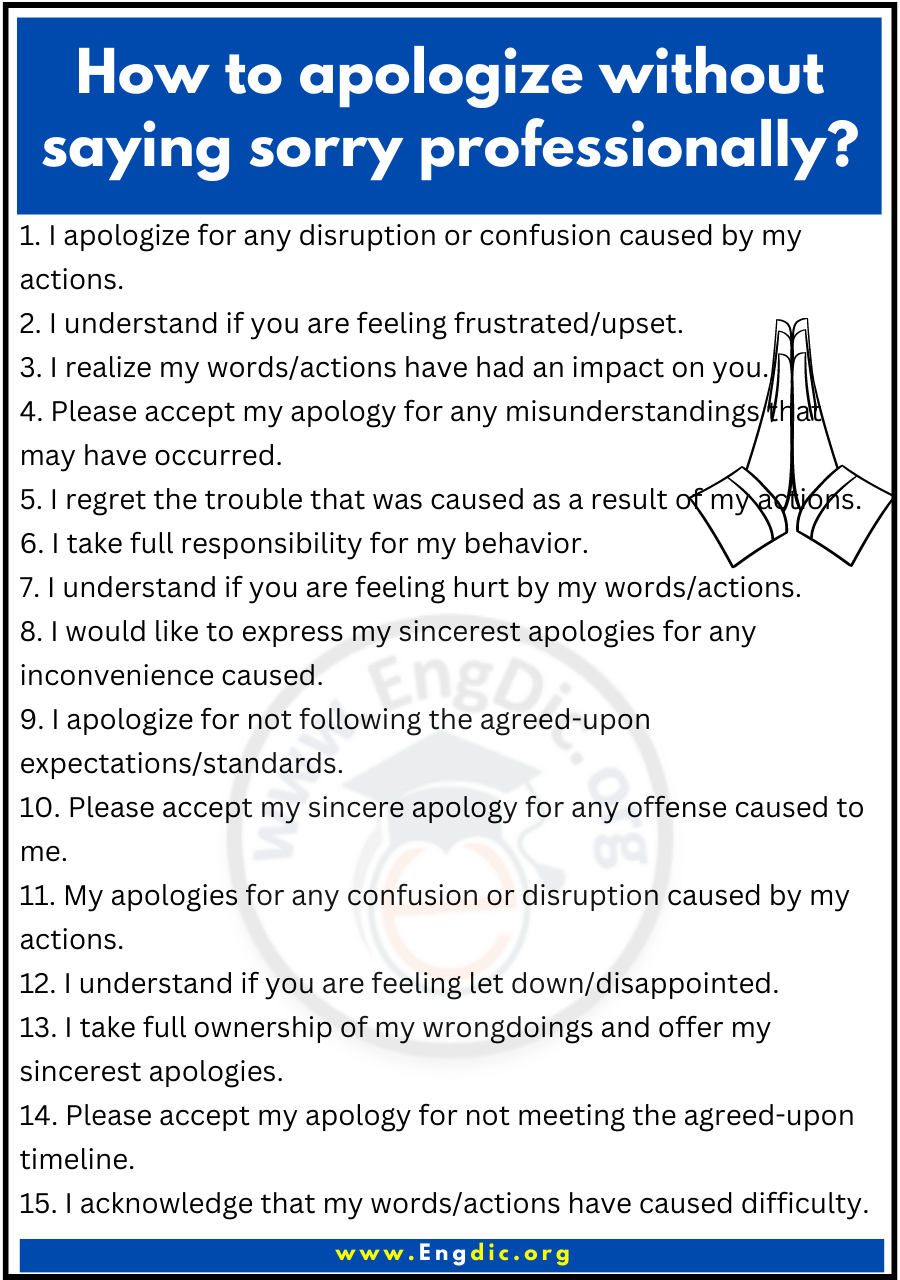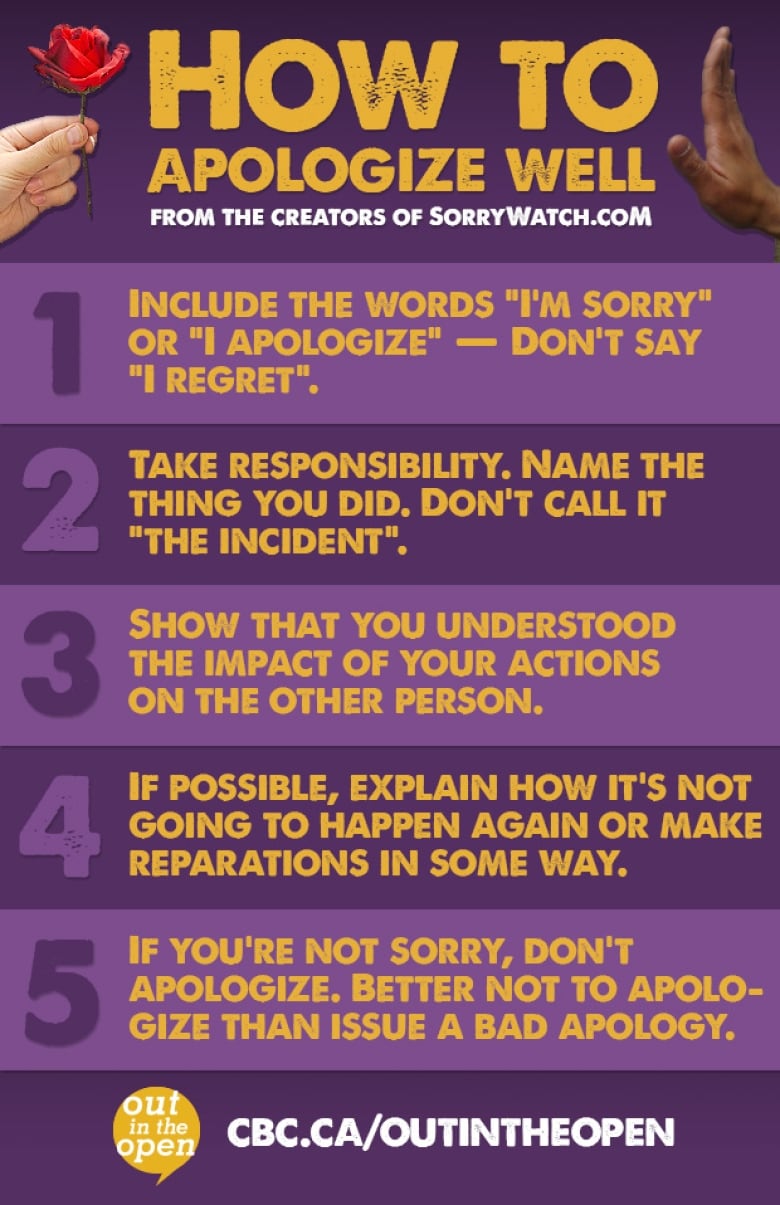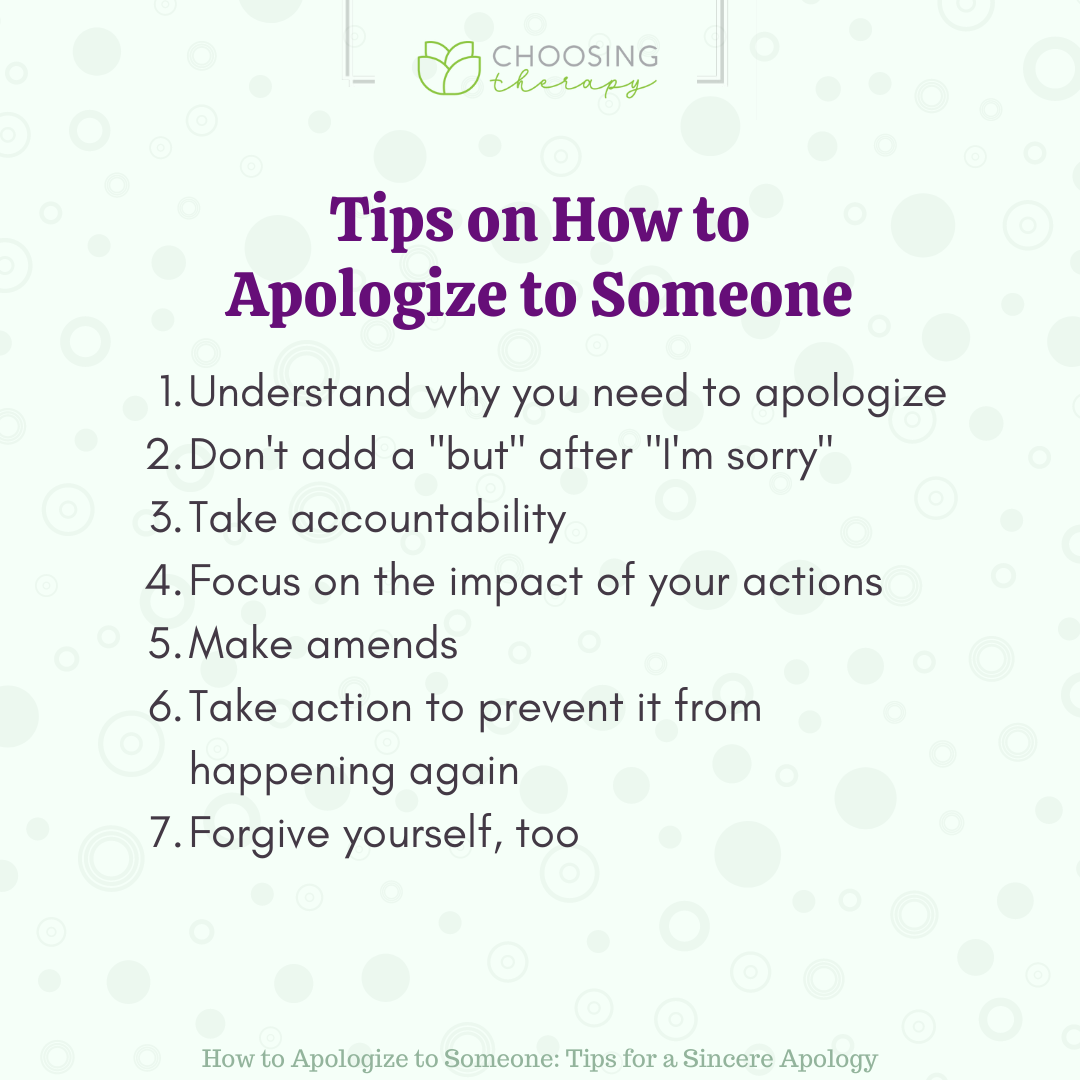How To Apologize Without Apologizing

Imagine a boardroom. Tension hangs thick in the air, like a humid summer morning just before the storm breaks. A leader stands, clearing their throat, ready to address a misstep that’s caused ripples of discontent. But instead of a direct “I’m sorry,” what follows is a carefully crafted statement, dancing around the edges of accountability. It's an art form, a tightrope walk between admitting fault and preserving one's image. It's the elusive skill of apologizing without *really* apologizing.
At its core, the art of the non-apology, sometimes referred to as a “strategic expression of regret,” aims to acknowledge impact without explicitly admitting culpability. It focuses on expressing sympathy for the consequences of an action rather than taking responsibility for the action itself. This approach, while often criticized, can be used to navigate sensitive situations, mitigate legal risks, or maintain a specific public image.
The Anatomy of a Non-Apology
The foundation of a good non-apology often lies in carefully chosen language. Phrases like “I’m sorry *if* anyone was offended” or “I regret that people interpreted my words that way” are classic examples. These statements shift the focus away from the speaker's actions and onto the recipient’s reaction.
Acknowledgment of Impact, Not Intent: A key tactic is acknowledging the negative impact without claiming responsibility for causing it. "I understand some people were hurt by what happened" focuses on empathy rather than direct admission of wrongdoing. This approach can be particularly useful in situations where intent is ambiguous.
Passive Voice and Evasive Language: Employing passive voice can subtly distance the speaker from the action. For example, saying "Mistakes were made" is less accusatory than "I made a mistake." This ambiguity allows for a level of deniability while still addressing the issue.
Why Do People Use Non-Apologies?
The motivations behind employing this tactic are varied and often complex. In the corporate world, legal considerations often take precedence. A direct apology can be interpreted as an admission of guilt, potentially opening the door to lawsuits and financial liabilities.
Politicians frequently use non-apologies to navigate sensitive issues without alienating their base. According to a study by the Pew Research Center, public figures carefully manage their statements to maintain favor with different segments of the population. This can lead to carefully crafted statements that appease without truly apologizing.
On a more personal level, some individuals struggle with admitting fault due to ego or fear of vulnerability. In these cases, a non-apology might serve as a defensive mechanism, protecting their self-image while seemingly addressing the issue at hand.
The Impact of Non-Apologies
While seemingly strategic, the use of non-apologies often backfires. Studies in communication show that sincerity is key to rebuilding trust after a transgression. A non-apology can be perceived as insincere, further damaging relationships and eroding credibility.
Research conducted by the Harvard Business Review suggests that authenticity and transparency are crucial in leadership. When leaders fail to take responsibility for their actions, it can create a culture of distrust and undermine team morale.
However, there are situations where a carefully worded statement is a necessary compromise. When legal constraints are involved, or when addressing highly sensitive issues, a non-apology might be the only viable option. The key is to balance the need for damage control with the importance of maintaining integrity.
Ultimately, navigating the complexities of apologies requires careful consideration. Whether to offer a sincere "I'm sorry" or a carefully crafted non-apology depends on the specific situation, the potential consequences, and the values one prioritizes. The decision should not be taken lightly, as its impact can be profound and lasting.


















